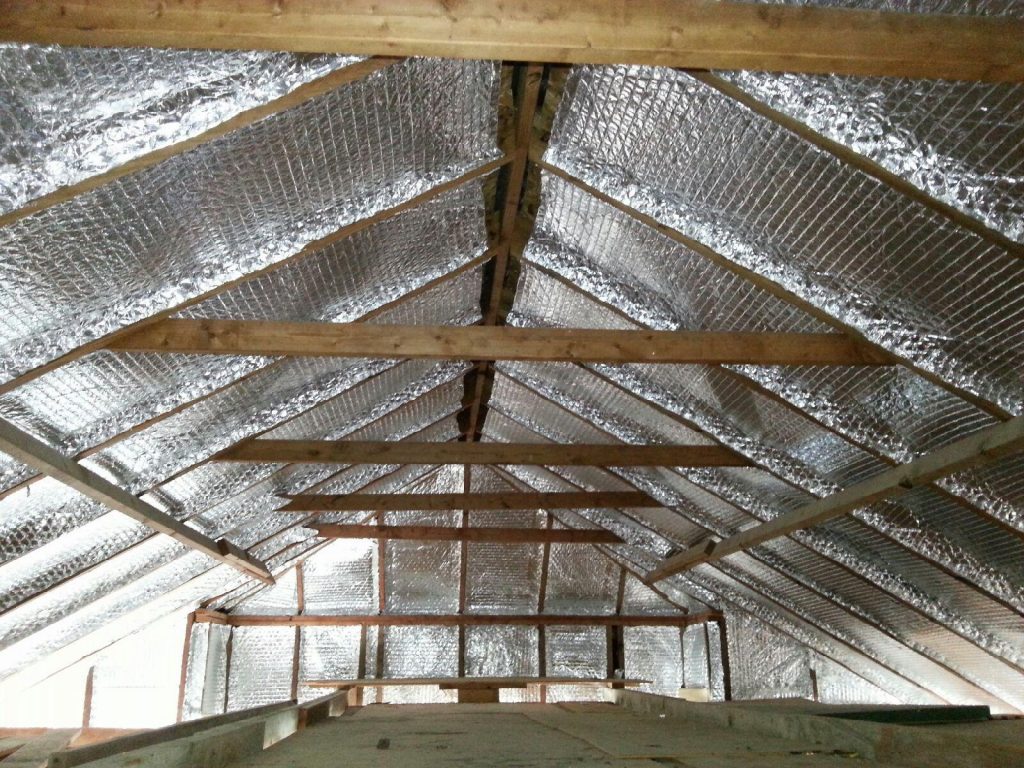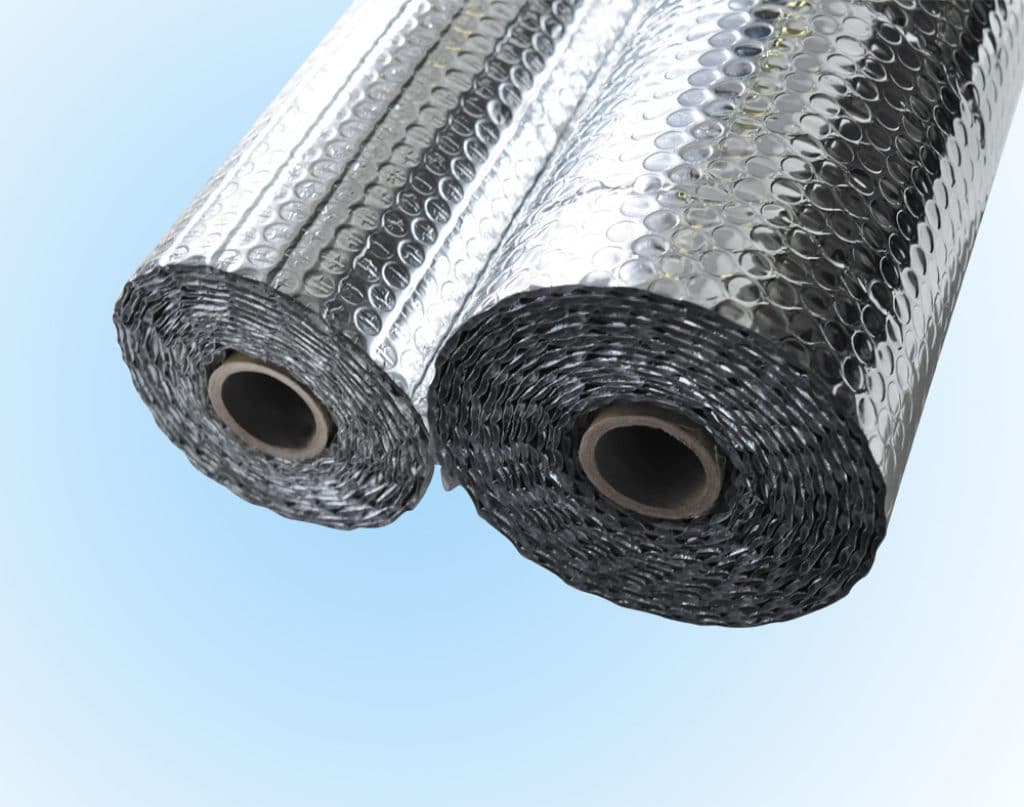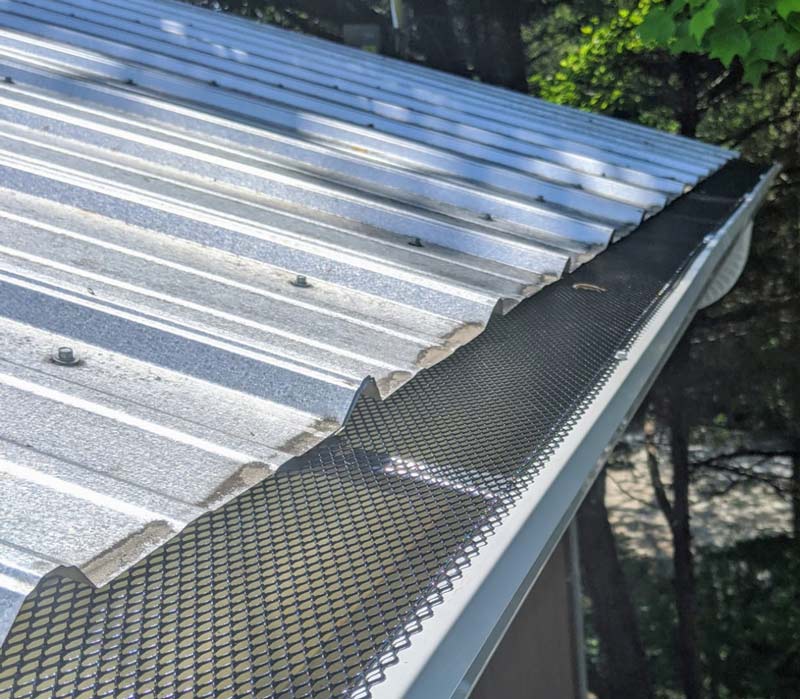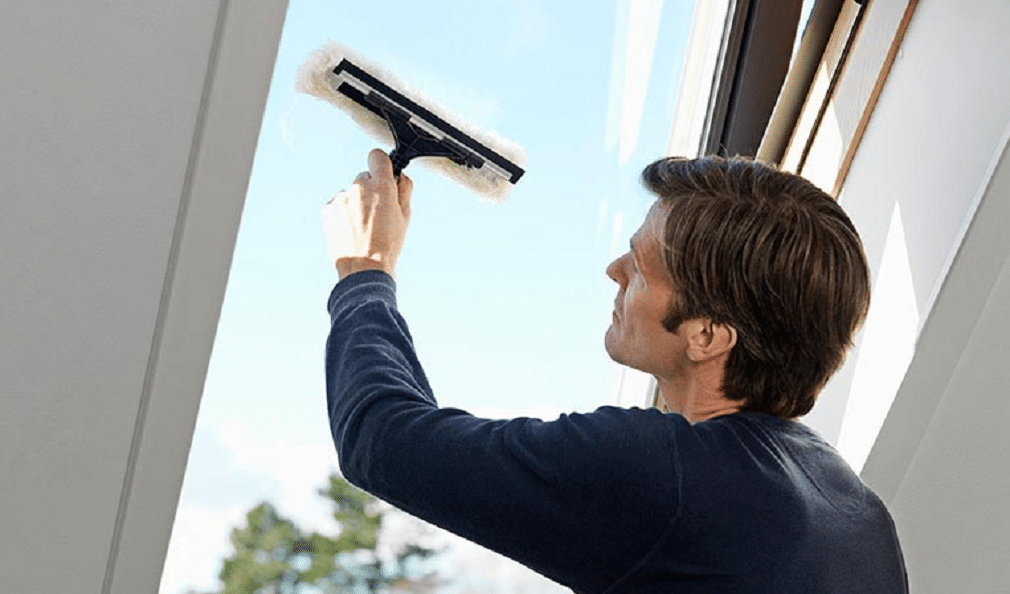Keeping your house warm and cozy in the coldest winters is not as easy as it seems to be. As the warm air will escape through the tiny holes and gaps in your house, you will need to find a way to prevent this from happening. This is where attic insulation materials come in handy as they can help you to keep the heat inside your house.
We’ve tested 22 models and selected the 10 best insulation for attic, with the RadiantGUARD Ultima Radiant Barrier being on top of it. There are mostly radiant barriers made of reflective material that reflect the heat back into the house. However, we’ve also included some traditional insulation materials like сorning fiberglass insulation and rock wool.
When buying this product, you can choose one of two options: the 500 or the 1000 square foot option. Both come with a width of about 48”. Aluminum is the significant component material, and both sides of the insulation are reflective. This means that heat coming from the sun will be reflected, and neither will the heat rising up from your home be allowed to escape. Also, you can choose to go with the breathable option, which includes tiny holes on the surface or the one without any air pores.
The Ultima Radiant Barrier is class A fire rated so while it is combustible, it has a lower flame spread than other options. If you are looking to install this on your own, the only equipment you need is a staple gun and some utility scissors. Despite being very thin totaling 0.0065 inches, the aluminum sheet is tear resistant. After installation, you can practically leave it maintenance free. As a precaution, try keeping it in a clean and dry environment before installation.
In terms of features, the Diamond Radiant Barrier is quite similar to the RadiantGuard Barrier. The perforated option is ideal for situations where you want to eliminate condensation. The attic is one such example where temperature differences on each side may bring about a buildup of liquids, and that may end up damaging wooden installations. The two top insulators on our list also have the same combustibility rating.
Where differences are concerned, this one is lighter than its predecessor for the same size of the material. However, this one is shipped in sizes of 2000 square feet. The double-sided metalized film, which makes up the bulk of the material is reinforced with polyester scrim fabric. As such, it is very durable, and you can expect it to do its job of maintaining temperatures in a reasonable range quite well.
DIYers are in luck with this product. While some of the other mentioned products come in limited square foot sizes, this one has different sizes offered for DIYers and professionals alike. As such, it minimizes the need to cut the material into usable sizes. The product is double sided with a 96% reflective efficacy. On the inside, there are two other layers of heavy gauge polyethylene bubbles making this one of our thicker options. In total, the thickness of the product stands at 5/16 of an inch.
Besides the attic, there are a few other applications that you can use this product for. Among them are water heater insulation, wall insulation, and animal confinement quarters, among others. As such, you can use leftover material with a few other projects in the house. Depending on the installation and use the insulator can have an R-value of up to 14.3.
Next up is another class A fire rated offering by SES products. You buy this product in sizes of about 1000 square feet, and you can then cut it down to size depending on your needs. The product is non-toxic and non-carcinogenic, so at the very least you don’t need protective clothing if you are a DIYer. Also, it is compliant with a few fire codes, including the ASTM E84 and the E2599.
The insulation is mostly catered to a residential market and as such is perfect for your home.
Also anything this thin has got to be lightweight and easy to cut. The polyester scrim reinforcement ensures that there is no delamination or cracking on the surface of the foil. You can thus expect this product to last long.
The design on this one consists of polyethylene foam which is fitted between two sheets of aluminum. The foam is 3mm in total while the aluminum sheets are almost too thin to notice. As a result of the overall thinness of the product, it is easy to cut, and therefore, installation is also quite easy. Despite the size, the product is almost tear proof, and you can buy it in the various sizes available.
Like several other products mentioned on our list, this insulator is class A fire rated. The manufacturer was very keen to eliminate all allergens from the final product. There are also no toxic components. This makes it ideal for installation without using protective gear. In addition to reflecting about 97% of heat, whether back up through the roof or back down to your house, the insulation works well under humid conditions without taking damage.
The fact that it is mold resistant may also prove to be of benefit. Perhaps one of the key selling points of the product is that it is soundproof. Given that you can use it both indoors and outdoors, there are bound to be a few other applications you can use it for apart from the attic.
This is 4 feet by 250 feet sheet, which is more or less 1000 square feet in total. The fact that it is just a single sheet of aluminum foil means that you can use any of the two sides of the product and end up saving as much as 10% of your usual heating and cooling costs. There are other perks to using this product. Notable is that it doesn’t support insect and rodent nesting so your attic will be void of creepy crawlies.
Due to the product’s resistance to humidity, moisture, weather changes, and other external factors you need only install it once. After that, you will need to do very little maintenance. This foil sheet also cuts easily with utility scissors and staples easily. As you can see, the manufacturer is pulling no stops when it comes to letting you do the installation on your own.
With regards to building codes, this aluminum sheet remains compliant with its current fire rating all the while being non-toxic. You can use it in your attic, but there are no rules against installation in your garage or storage unit.
Other features: R3-21, reflects 97% radiant heat, reduces residential attic temperatures up to 40 degrees
The NASA TECH Radiant Barrier is one option you can pick as a means of reducing the utility bills. If you get the barrier’s installation right, you will be looking at a 10-50% reduction in what you would typically pay for heating.
This NASA TECH Radiant Barrier will turn 97% of radiant heat that would typically escape back into the house. It also has the effect of reducing temperatures in your attic by a substantial amount.
Also, the rolled radiant barrier is made out of aluminum. You might think that since the sheet is so thin, it would be an easy matter to poke holes into it. You would be wrong. In fact, the barrier is rated as both puncture and tear-resistant.
Another thing barrier buyers should be privy to is the ASTM-Е86 and ASTM 96-00 certification of the product. This serves as a stamp of quality. The insulation is also toxin-free as a bonus.
If handling a staple gun isn’t for you, there are insulators you can spray in your attic. However, they generally require a little more work than foil options. For one, you have to wear protective clothing before you get to work. If you are not a veteran DIYer, the overalls may be an additional expense. If you are, then you probably have the overalls tucked away in a suitcase somewhere in your house.
You also need to cover your nose and eyes, so the spray doesn’t get into your body. Once set up, you need to know how to spray the insulator to cover the whole of your attic adequately. This particular can comes with 5 gallons, which should cover approximately 2000 square feet. However, it is heavier than most and may present a challenge carrying up into the attic. For those unwilling to use a sprayer, the application may be done using a roller.
Coming into contact with fiberglass can often have hazardous results. They include irritation to skin and internal organs once it becomes airborne and breathed in. As a precaution, you can wear protective clothing, including masks, goggles, and gloves. However, the manufacturer claims this product to be safe to touch.
The fiberglass insulation is pink in color and has an extremely low dust count. This is important, especially where inhabitants of the house may be suffering from bronchitis or asthma as that would cause breathing problems if inhaled. As a bonus, the insulation is soundproof.
Once you have, it extended it measures about 31.25 square feet, and if you need to use it on your attic, you might have to buy several of these.
Another fiberglass option is the R-10 by Kraft-Faced. There are a few differences between this and the Owens-Corning option despite both coming in rolls. The most notable one from afar is, of course, the color. Single rolls are priced quite cheap but given that you need more than a few rolls to cover an area the cost might be driven up significantly.
This one is also lighter, but that might be because the dimensions are smaller, meaning it covers less surface area. Overall it is still a reliable product and one that might serve your needs well.
Buying attic insulation has many potential benefits. You get to save on energy costs all the while being comfortable in your home. As such, the buying process should be taken with all the seriousness it deserves. You should have a comparison table highlighting the pros and cons of each option you have.
Here are some critical considerations.

The products mentioned above come in different sizes, and so do attics. If you are unaware of your attic size in terms of square footage, you might buy something too small or too bulky for your needs. This would either cost you a trip back to the store or leave you with excess insulation. To avoid this, take some time to measure the various dimensions of your attic.
Is it fiberglass or aluminum film? Do you have to spray it? What safety gear do you need to handle the insulation? Answering these questions will ensure you don’t need to make a trip to the doctor’s office later on. Generally, insulation materials made of aluminum and metalized film tend to be safer and easier to handle. Those with fiberglass components with examples such as the JOHNS MANVILLE INTL Kraft-Faced Roll need you to take some precautions before you handle them.
Also, there are those that require the use of a sprayer like the LO/MIT-II MAX Attic Heat Barrier. It is imperative that you don’t breathe them in. They might cause or aggravate existing health issues. Also, you can opt to engage the services of a professional if need be.

Your neighbors probably already have attic insulation installed. Their experiences with various products are probably different and will give you valuable insight as to which insulation is best suited to your needs. Also, once you have received a positive opinion on a product check online to see if other people feel the same way.
RadiantGUARD Ultima is our first pick for several reasons. For one it covers a sufficiently large surface area. The ease of installation cuts down on initial cost as you don’t have to hire anyone. It does the job of regulating temperatures quite well with a heat reflective efficacy of 97%. It does its job with almost zero downsides.
The second option goes to US Energy Products Diamond Radiant Barrier, which, despite being of different construction, offers similar benefits to our first pick. However, you get more value for money as this one comes in a 2000 square foot package. A solid choice if your attic is bigger than most.
Our third favorite option the Reflectix is mostly there for the balance it strikes between features and affordability. That way consumers won’t have to sacrifice too much on what they want because prices aren’t friendly. You can pick out a favorite from the remaining options if you so wish. After all, only you know your needs.





